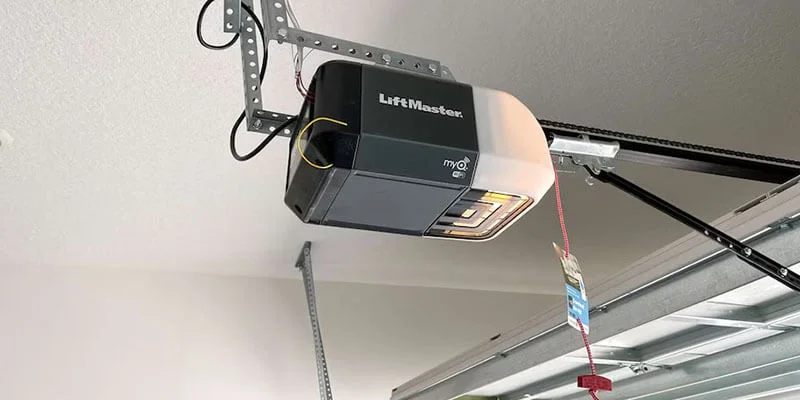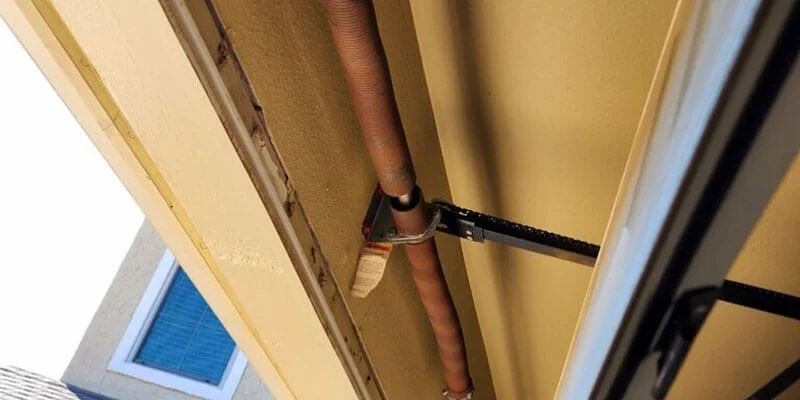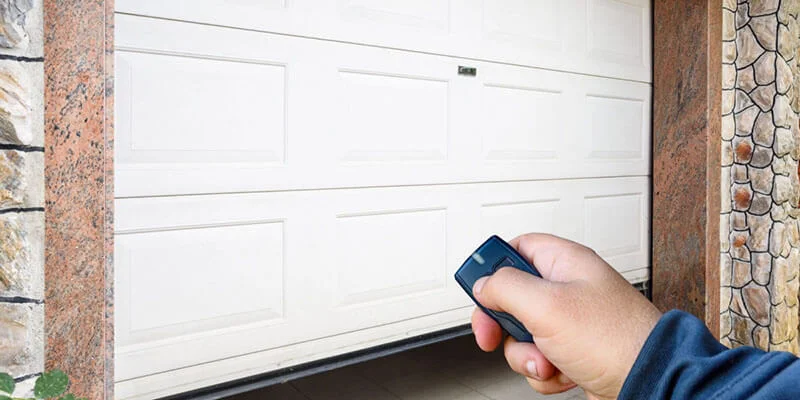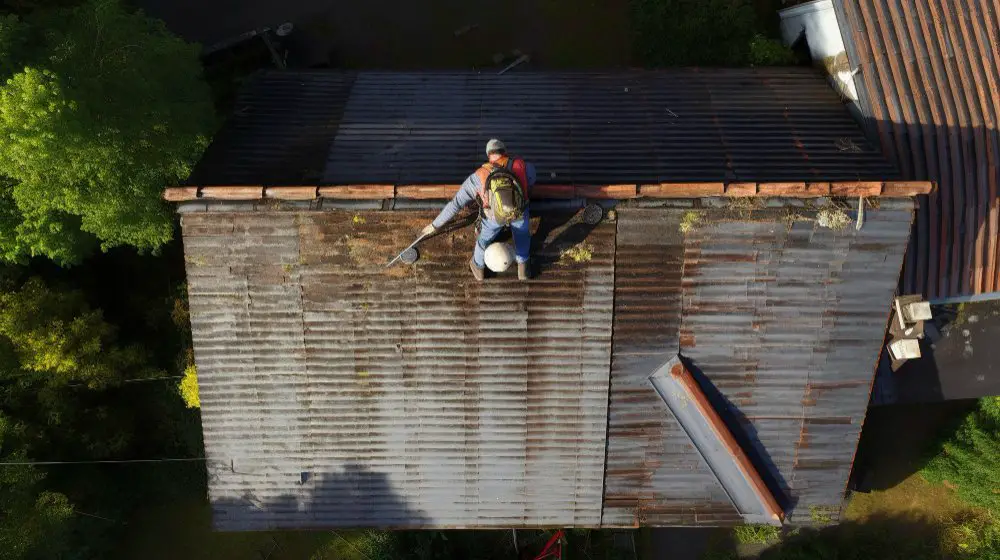Whether you own your home or rent it, repairing things is part of being a homeowner. However, it can be difficult to know when DIY projects are appropriate and when you should call in a pro.
Squeaky doors and floors are easily quieted with a squirt of WD-40, and drywall holes can be fixed with spackle and sandpaper.
1. Weatherstripping
No one enjoys paying high energy bills, especially when those charges can be prevented with simple home repairs. A few hours and a few dollars are all you need to make your house feel warmer and save money.
Invest in some self-adhesive foam weather stripping to seal the gaps around your doors and windows. This is also a good time to replace any old weather stripping, which may have become loose or worn over the years.
To find the areas that need weather stripping, try holding a hair dryer in your hand on a windy day. If you feel a draft, then that area needs to be sealed.
2. Repairing Drywall Holes
For many homeowners, repairing drywall holes is one of the easiest home repairs. You can get a simple drywall patch kit, and fill unsightly nail holes with lightweight putty. Then, after sanding the spot smooth, you can paint it to make the repair almost undetectable.
If you’re repairing a hole in the wall, first shine a light on it and check for wires or pipes. If you cut into a pipe or electrical cord, you could cause a costly and dangerous mess.
Next, cut a piece of drywall that’s three inches longer in both dimensions than the damage. Screw two plywood strips into the existing drywall, one above and one below the damaged area.
3. Unclogging Drains
When drains are clogged, it’s important to act quickly. Sitting water and raw sewage can seep into walls and floors, requiring costly plumbing repairs.
Using a plunger (and not the over-the-counter kind that plumbers warn against because it can cause pipe damage) is one of the easiest and most cost-effective ways to unclog a toilet, sink or bathtub. Simply place the plunger over the drain and pump up and down quickly.
Another DIY solution is to combine baking soda and vinegar, which can break down a gunk-heavy clog. Liquid dish soap can also be used to tackle grease clogs, as it is safe for pipes.
4. Painting
Painting is a relatively inexpensive way to refresh your home. Plus, it can be a rewarding experience and a confidence-boosting hobby.
Make sure you’re prepared to tackle the project by clearing out your workspace, removing any furniture, and covering floors with a drop cloth. Then, take the time to repair cracks and holes before applying your chosen paint color.
While DIY projects can save you money, you should still consult professionals for anything that involves your home’s electrical, plumbing, or support structures. With a little planning and the right resources, you can make transformative DIY tweaks to your property that add up to major savings.
5. Installing a Ceiling Fan
Ceiling fans are not only functional but can also be aesthetically pleasing. They are a great way to cool down in the summer and can help reduce your heating costs in winter by pushing rising warm air downward, according to experts from Sewell Electric and HVAC. However, while installing a fan is relatively simple, it can be dangerous if done incorrectly. It requires cutting live electrical wires and working on a ladder, which can be risky for first-time DIYers. Just like a whirlpool dishwasher not working, this is another project best left to professionals.


















